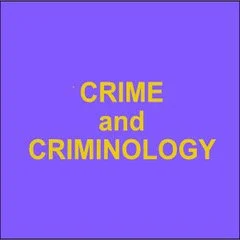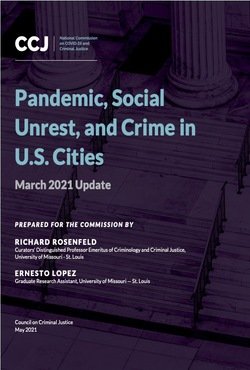By Allison Lind , Ryan P. Larson , Susan M. Mason , Christopher Uggen
There is abundant research showing the disproportionate impacts of violence on health in disadvantaged neighborhoods, making an understanding of recent violent crime trends essential for promoting health equity. Carjackings have been of particular interest in the media, although little research has been undertaken on this violent crime. We use interrupted time series models to examine the impact of the police killing of George Floyd on the spatiotemporal patterns of carjacking in Minneapolis in relation to neighborhood disadvantage. To provide grounding, we compare our results to the well-studied patterns of homicides. Results indicate that carjackings both increased and dispersed spatially after the murder of George Floyd and subsequent social unrest, more so than homicides. Socially disadvantaged neighborhoods experienced the greatest absolute increase while more advantaged neighborhoods saw a greater relative increase. The challenge ahead is to identify policy responses that will effectively curb such violence without resorting to harsh and inequitable policing and sentencing practices.



